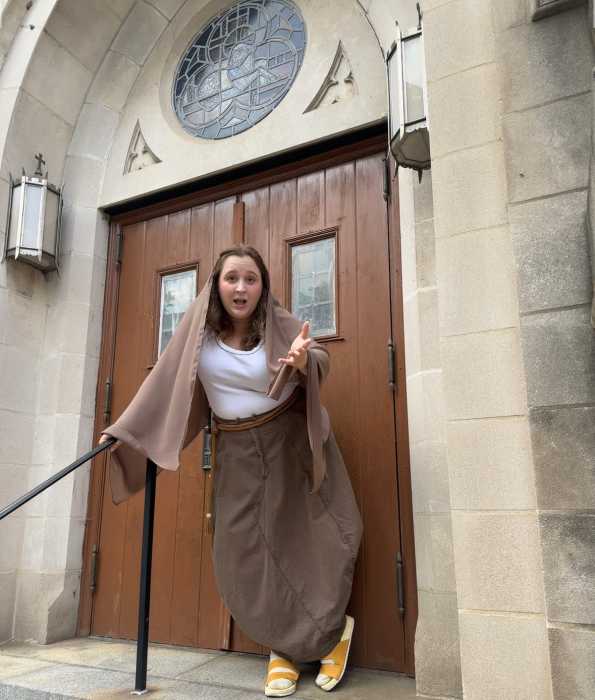As the dust settles following the worldwide July 19 vigils that marked the one-year anniversary of the killing of two young men in Iran, it is worth contemplating why these simple events caused such a stir.
The vigils, at least 27 of them, noted that one year earlier, Ayaz Marhoni, 18, and Mahmoud Asgari, who was 16 or 17, were hanged in public by the Iranian government.
When Outrage!, a British gay group, circulated photos of the hanging last year many in the lesbian and gay community believed that the two young men had been killed solely because they were gay. Certainly, Outrage! believed this to be true. The vigils, organized by Outrage!, demanded an end to such atrocities. Human rights groups, however, had a different view.
Last year, Amnesty International, Human Rights Watch (HRW), and the International Gay and Lesbian Human Rights Commission (IGLHRC) all noted that the two young men had been tried for the rape, at knifepoint, of a 13-year-old boy.
The groups, which oppose the death penalty, never asserted that the trial was fair or the guilty verdict correct. They said that there was reason to believe that these two young men may have committed a serious crime and this might not be an execution of two gay kids simply because they were gay.
These groups, particularly Amnesty and HRW, have high standards. They carefully document all charges that they make against any government or group. It is this reputation for careful and thorough investigation that makes their work so powerful. This explains their unwillingness to endorse the story told by Outrage! and others.
If these young men were killed solely because they were gay, we would have to believe that Iran invented these charges. Given that government’s demonstrated hostility towards dissidents, queer people, ethnic Arabs and other groups, why would it bother?
By the same token, rape by men of men is comparatively rare. The alleged rape took place two years before their deaths. Rape by juveniles, hell, children in this case, is even more rare. That charge warrants skepticism. When one considers that it was the government of Iran that made the allegation, our skepticism should only increase.
These two boys were involved in something before their deaths, perhaps something sinister, perhaps something innocent. Whatever it was, all agree that Iran was wrong to inflict such horror on these boys. But as the debate over the vigils advanced, this seemed almost beside the point.
It appeared that the human rights group’s leaders, in particular Scott Long, director of HRW’s Lesbian, Gay, Bisexual and Transgender Rights Project, and Paula Ettelbrick, IGLHRC’s executive director, seemed mostly concerned with who had the authority to speak for these two boys, for gays in Iran, indeed, for gay, lesbian, bisexual and transgender people outside of Europe and North America.
As those who attended the vigils made clear with their actions and their words, every member of the gay, lesbian, bisexual and transgender community has that power and, some of us believe, that responsibility. In the West’s queer community, this has been our tradition for decades and it remains our right today. As we see around the world, in Eastern Europe, in Africa, and even in Iran, there are those who say they are part of that community and they also exercise that right, sometimes at great personal peril.
We stand by that right in this paper. We stand by our reporting on this matter and we will continue that reporting. No vile government, no fascist thug or rightwing group, and no well-intended expert will silence these voices. Ever. We are here. Get used to it.
– Duncan Osborne
gaycitynews.com


































